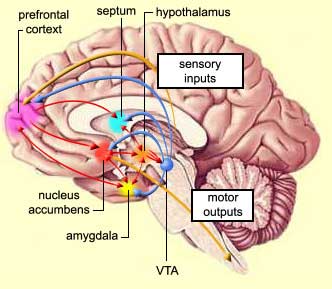Genetic and Environmental Components of Addiction
There are both genetic and environmental components of addiction.
Most people know others who have a low tolerance for alcohol (or drugs) — one or two drinks can set them reeling — while other people have a high tolerance and can “really hold their liquor.” Thus, most people understand from their own experience that there can be substantial differences in the way people react to drugs. What they might not know, however, is that these differences in tolerance are, at least in part, the result of genetics.
In any discussion of genetic components, it’s important to highlight that genetic predisposition isn’t destiny. One’s genes don’t operate in a vacuum, neuroscientists say, they are constantly interacting with the environment. Environmental inputs can “turn on” and “turn off” genetic activity to either reinforce or counteract genetic predisposition. For example, supportive parenting has been found to mitigate some of the risk of addiction even in children who are considered at high risk (ie. those who come from families with a history of addiction). Conversely, childhood trauma, especially repeated traumas, exacerbates the risk of diseases like depression and addiction. It follows, then, that discussion of genetic contributors to the risk of addiction is incomplete without refernce to environmental factors as well.
Neuroscientists say genetic factors account for about half the risk of addiction (40-60%) while environmental factors account for the other half. However, that’s for the population as a whole; it doesn’t provide much meaningful information about the risk for any particular individual. Assessing individual risk depends on both genetic and environmental factors specific to that individual. Unfortunately, the science of assessing individual genetic and environmental risk has a long way to go before it will be reliably predictive.
Since dopamine is the primary neurotransmitter involved in drug abuse much of the research into genetic factors contributing to addiction focuses on genes which engineer the components of the dopamine system. However, genes associated with other neurotransmitters have also been implicated.
The articles in this series are:


Thank you for this really informative, well constructed website. My daughter is in the throws of addiction and reading about the interplay between the rational and emotional components makes such sense. I feel hope for the first time in a long, long time.